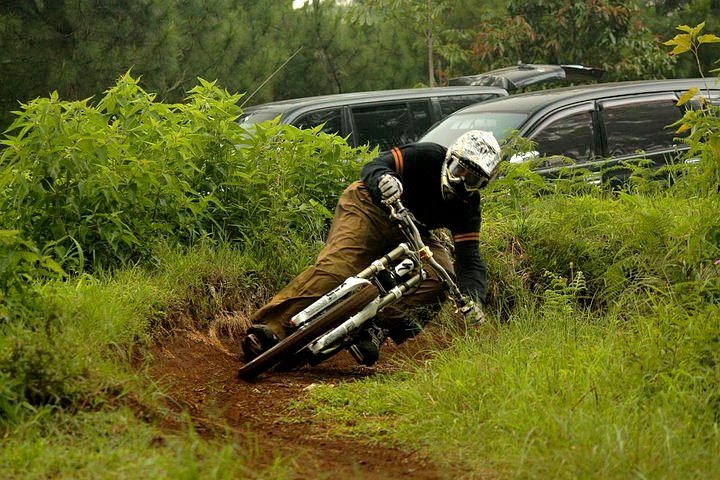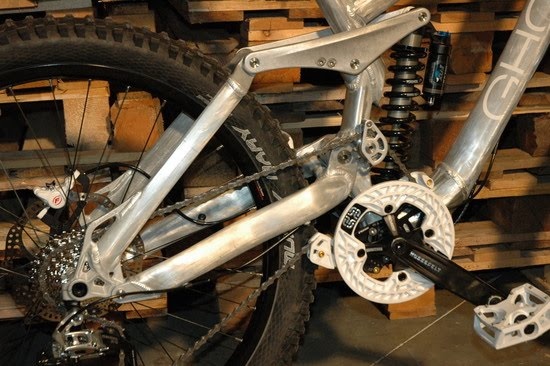I think it's funny how much time and effort has been put into analyzing bike suspension in the vertical plane, and how little time has been spent on analyzing how a bike actually handles outside of a vertical plane - which is just as critical.
Not to say today's bikes haven't been well developed for cornering, but I've just never seen any theory on the subject. Is there anything analytical out there? I know it has been done extensively for motorcycles, but a pedal bike is so much different...
It's funny to talk about compromises in a bike suspension in a 2D sense without knowing what effect those compromises will have in 3D...

Just my Friday brain fart.
Not to say today's bikes haven't been well developed for cornering, but I've just never seen any theory on the subject. Is there anything analytical out there? I know it has been done extensively for motorcycles, but a pedal bike is so much different...
It's funny to talk about compromises in a bike suspension in a 2D sense without knowing what effect those compromises will have in 3D...

Just my Friday brain fart.



 Hell, the "professionally run" industries like banking, finance, insurance, and auto have been the ones being bailed out by the Feds.
Hell, the "professionally run" industries like banking, finance, insurance, and auto have been the ones being bailed out by the Feds. 
 ) and while it's not completely bob-free, it's better than any other DH bike I've ridden. I'm also not using the intended 40t ring and I'm taller than average, so the anti-squat values aren't what DW originally calculated for. I've ridden Hollowpoints that bobbed a lot if there was too much sag - if you're outside the intended sag range then of course it's not going to pedal as it was designed to.
) and while it's not completely bob-free, it's better than any other DH bike I've ridden. I'm also not using the intended 40t ring and I'm taller than average, so the anti-squat values aren't what DW originally calculated for. I've ridden Hollowpoints that bobbed a lot if there was too much sag - if you're outside the intended sag range then of course it's not going to pedal as it was designed to. who will give the correct positions or can be slightly supressed by taking a picture of bike from very long distance like 10m with camera pointed at frame's geometrical CoM.
who will give the correct positions or can be slightly supressed by taking a picture of bike from very long distance like 10m with camera pointed at frame's geometrical CoM.